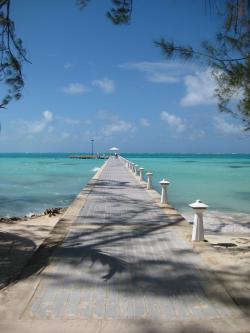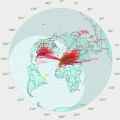jks
About
- Username
- jks
- Joined
- Visits
- 36,270
- Last Active
- Roles
- Member, Administrator, Moderator
- Points
- 642
Reactions
-
Kiwi BBAI software installation instructions [updated 4-Mar-24]
-
I can't get the firmware to update from 1.230 to 1.345 [fixed, had filesystem corruption]
Okay, I fixed it and a couple of other public Kiwis that were stuck running v1.2xx versions. In all cases they had filesystem corruption of the source files that prevented any further updates. Setting those files aside and doing a fresh git clone was all it took to get running again. There are a variety of causes of filesystem problems including improper shutdown, power failure, etc.
These v1.2xx versions were before v1.287 where there was a software problem causing further updates to fail. So it is unrelated to that issue. -
I can't get the firmware to update from 1.230 to 1.345 [fixed, had filesystem corruption]
Hi Peter,
We had an update a while back that broke the update process and required manual intervention to get going again.
Can your Kiwi be accessed from the Internet? (doesn't necessarily mean it's a public Kiwi, just that port 8073 is open to the Internet). If so, please email the ip address or URL to support@kiwisdr.com and I'll fix it.
Regards,
John -
no update stacked in the 1.212 version [filesystem fixed with fresh git checkout]
Okay. Well unfortunately it seems your filesystem has become corrupted. You'll need to restore using the micro sd card shipped with the unit. Or if you're comfortable with Linux commands you could move the source directory aside and do a fresh git checkout. Something like this:
cd
mv Beagle_SDR_GPS Beagle_SDR_GPS.bad
git clone https://github.com/jks-prv/Beagle_SDR_GPS.git
cdp
mi
ku -
IQ Display of VLF stations no longer stable? [fixed in v1.344]






